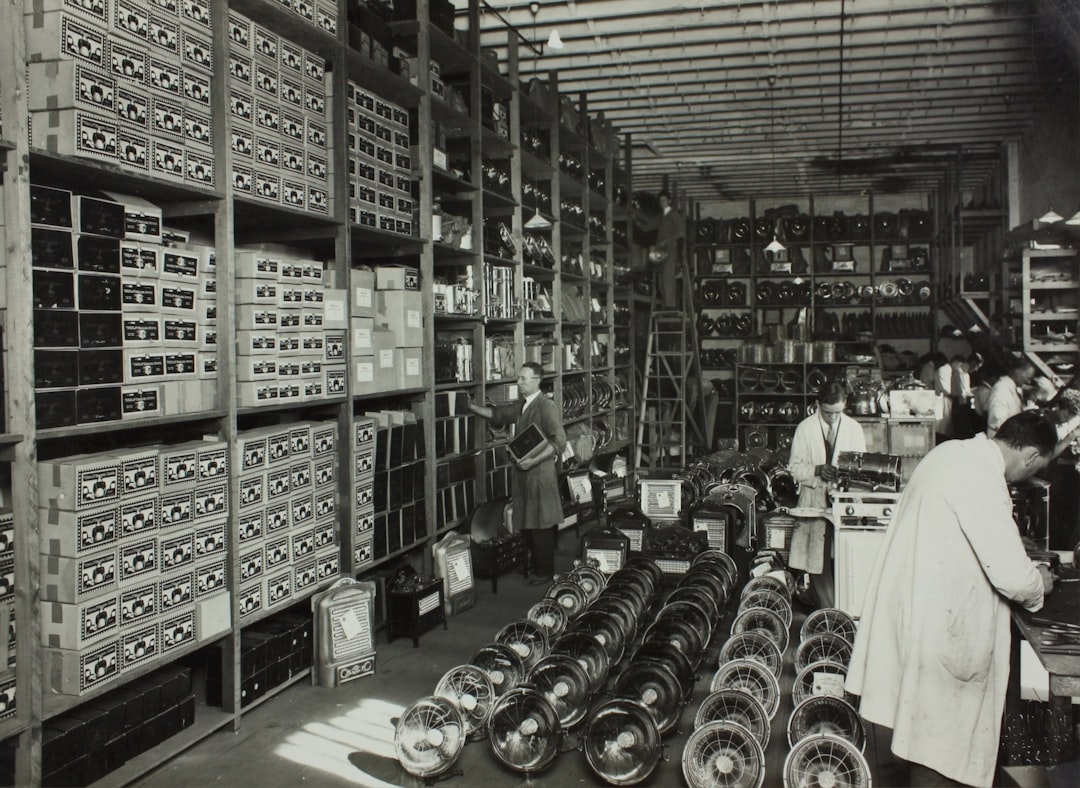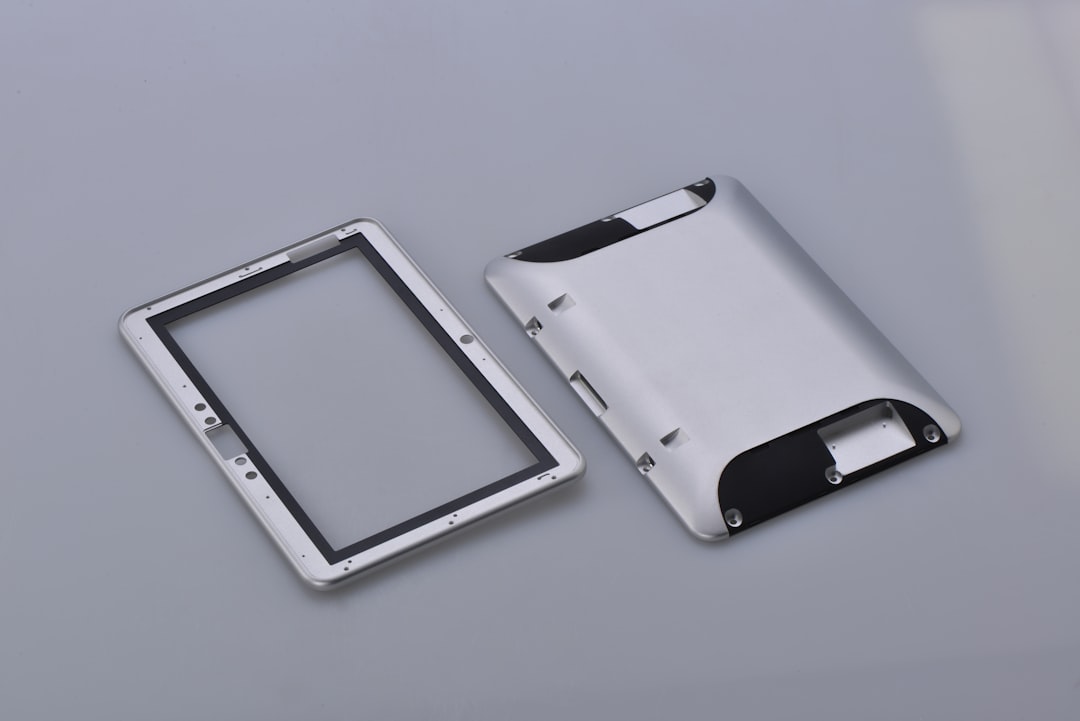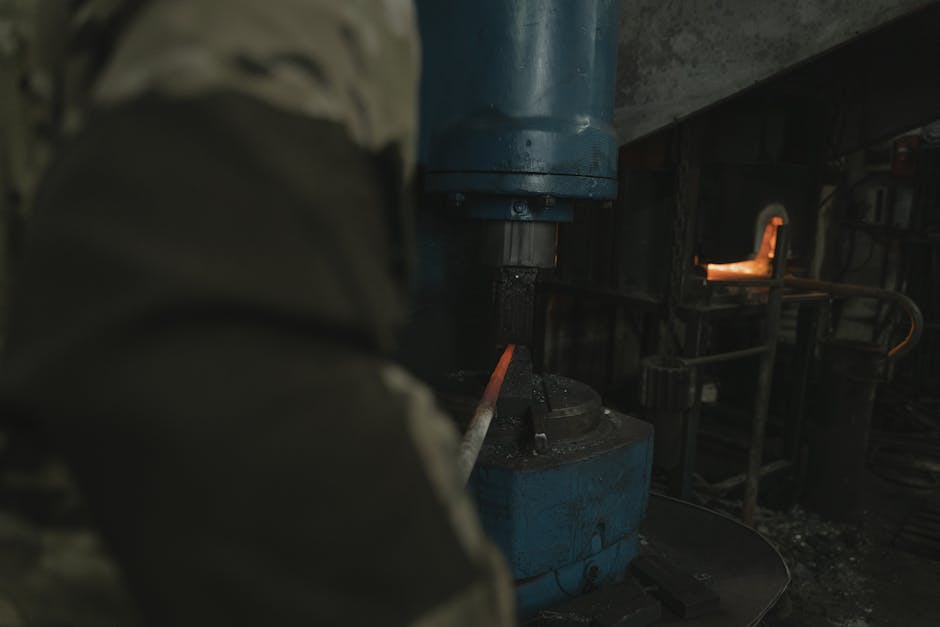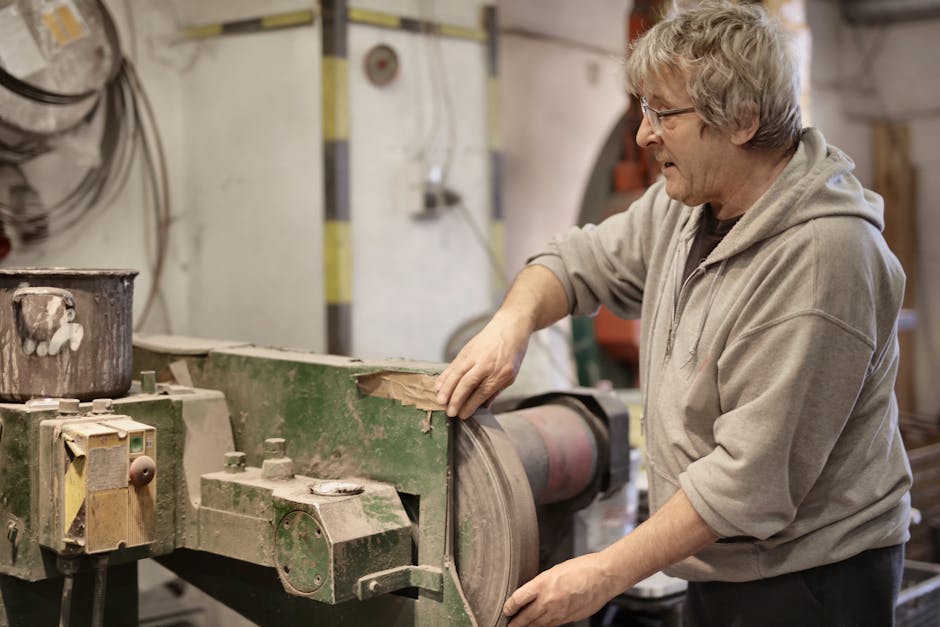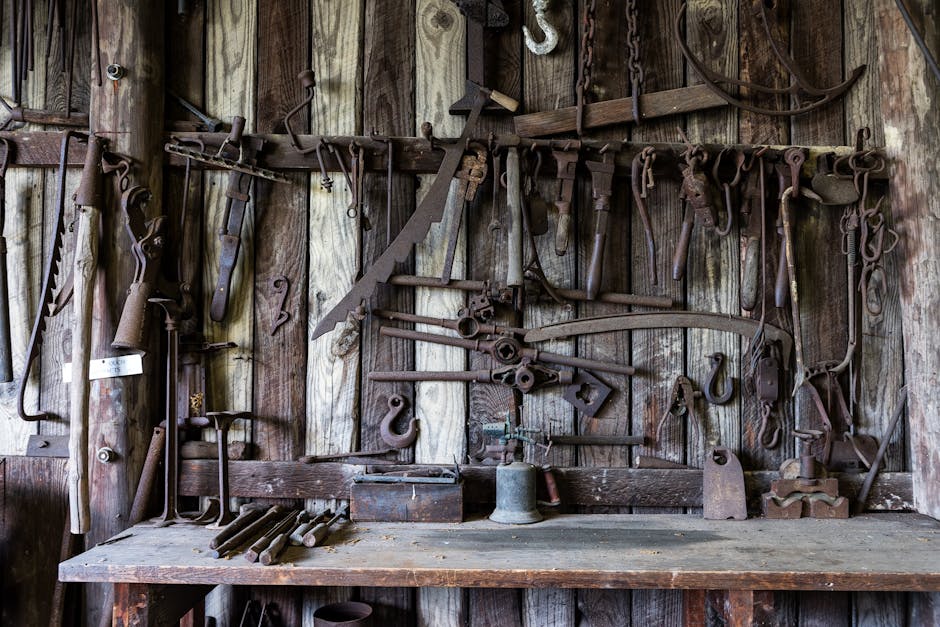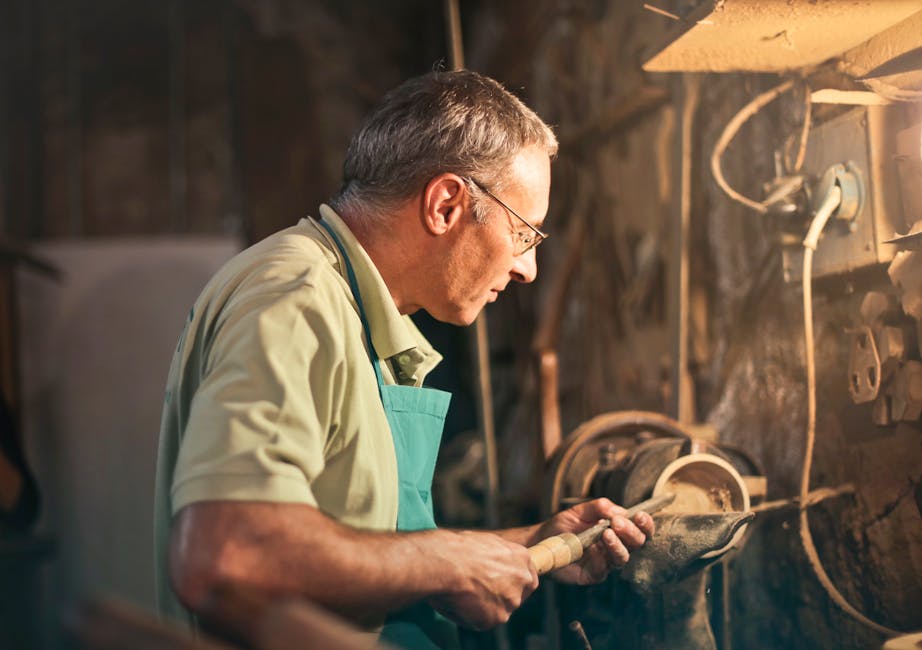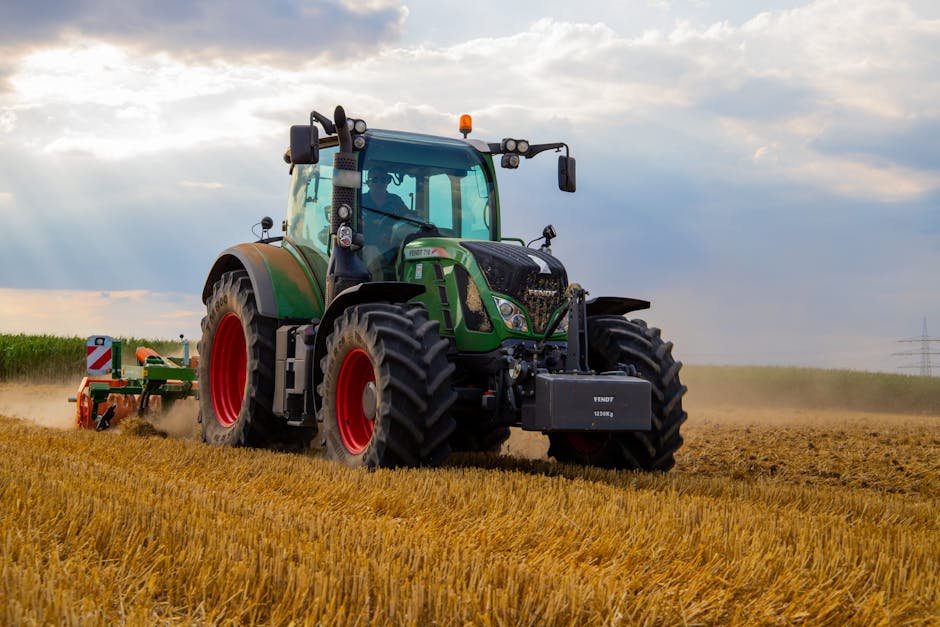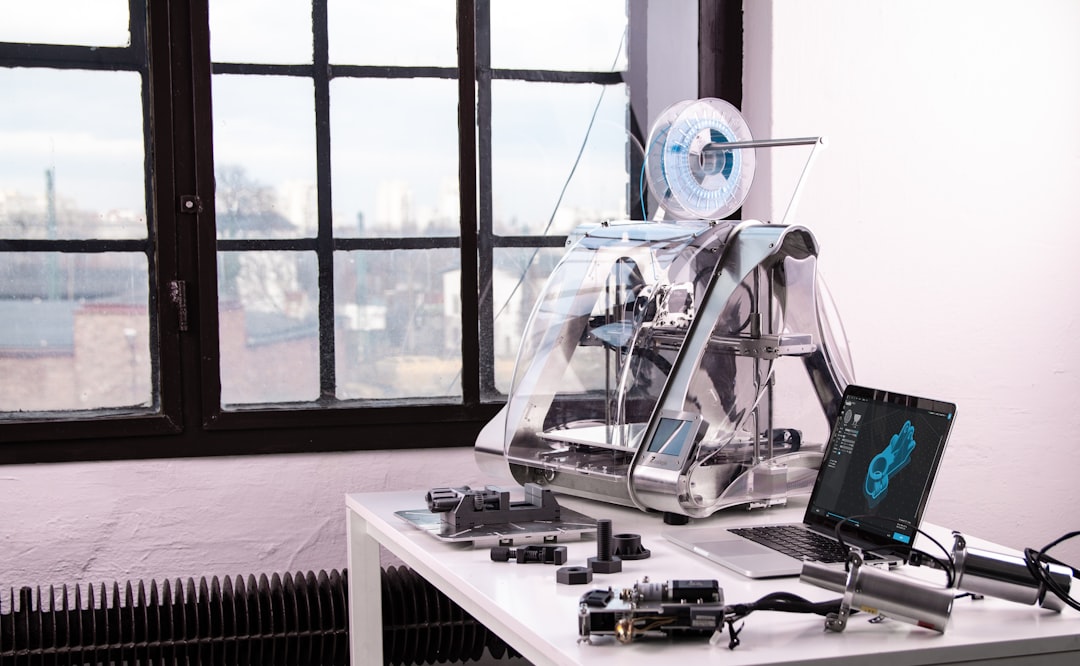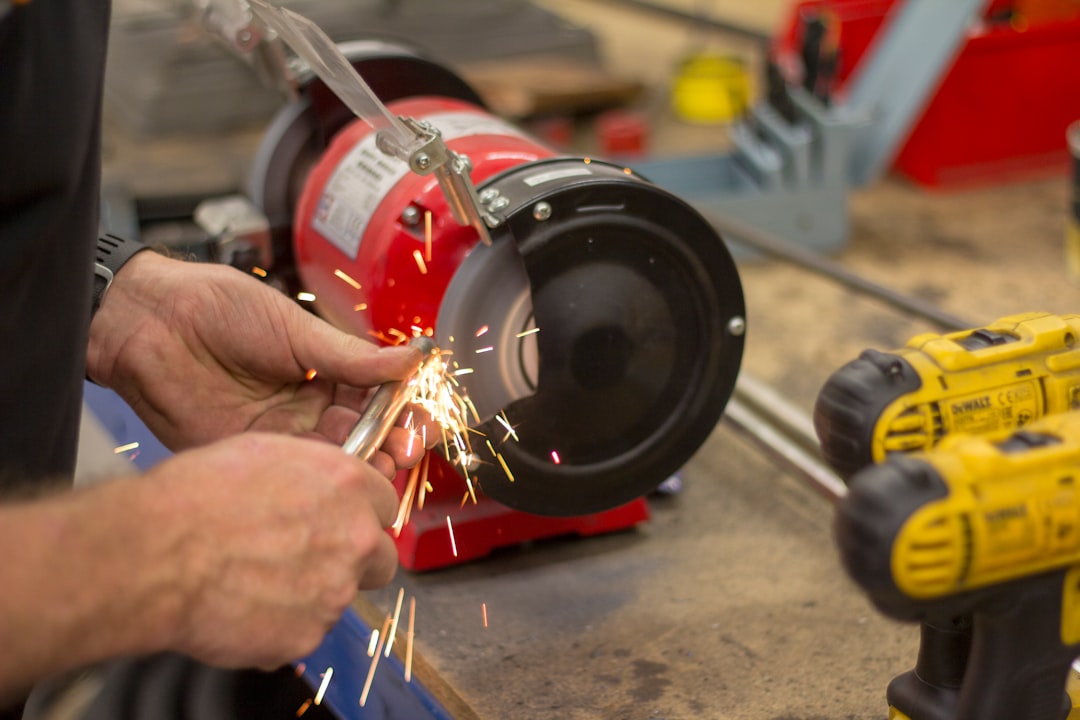Understanding the Difference: Fabrication vs Manufacturing
When diving into the field of industrial projects, fabrication vs manufacturing are terms you’ll encounter often. Understanding these processes is essential for making informed decisions.
Here’s the quick answer:
- Fabrication: Combines pre-made parts to form a finished product. Uses CNC machining to cut, bend, and weld.
- Manufacturing: Transforms raw materials into final products. Employs chemical processes and specialized machinery.
In simple terms, fabrication involves constructing products by assembling pre-made parts, often using CNC precision machining for high accuracy. This is crucial in creating complex, custom parts custom to specific needs.
On the other hand, manufacturing is more about taking raw materials and processing them into finished goods using advanced machinery. This is fundamental for large-scale production, ensuring consistency and efficiency in output.
Every project benefits from knowing which process — or combination of both — is needed. Whether it’s a custom precision part or mass-produced item, understanding these differences helps in planning and executing your projects effectively.

Fabrication vs manufacturing terms you need:
– fabrication shop near me
– machine shop fabrication
– machines in a workshop
What is Fabrication?
Fabrication is all about constructing products by combining different parts, often using advanced technologies like CNC precision machining. This process is essential in creating complex, custom parts custom to specific needs. Let’s dig deeper into the processes and examples of fabrication.
Processes Involved in Fabrication
Fabrication involves several key processes that transform raw materials into precise components. Here are some of the main techniques:
-
Cutting: This is the first step where raw materials are cut into specific shapes and sizes. Techniques include laser cutting, plasma cutting, and waterjet cutting. Each method offers different levels of precision and efficiency.
-
Bending: Bending reshapes the material into the desired form without breaking it. This is often done using machines like press brakes, crucial for creating angles and curves in metal sheets.
-
Welding: Welding joins two or more pieces of material by melting them together using heat and pressure. This creates a strong bond and is essential for building robust structures.
-
Stamping: This process uses a die to create shapes by pressing the material into the desired form. It’s often used for high-volume production of parts.
-
CNC Machining: CNC (Computer Numerical Control) machining involves using computer-controlled machines to cut, drill, and shape materials with high precision. This technology is fundamental in modern fabrication for producing intricate and accurate parts.
-
CAD Technology: Computer-Aided Design (CAD) is used to create detailed 3D models of parts before they are fabricated. This ensures accuracy and allows for any necessary adjustments before production begins.
Examples of Fabrication
Fabrication is used in a variety of industries to create a wide range of products. Here are some common examples:
-
Metal Structures: Fabrication is crucial in constructing metal frameworks for buildings, bridges, and other infrastructure. These structures require precise cutting, bending, and welding to ensure stability and safety.
-
Machinery Parts: Many industrial machines are made up of fabricated parts. These include gears, shafts, and other components that need to be precisely machined and assembled.
-
Household Appliances: Items like refrigerators, washing machines, and microwaves often contain fabricated metal parts. These parts are cut, bent, and welded to fit perfectly within the appliance’s design.
-
Custom Applications: Fabrication is also used for custom projects, such as bespoke furniture or specialized equipment. These projects often require unique parts that are precisely machined and assembled to meet specific requirements.
In summary, fabrication involves constructing products by combining different parts, often using advanced technologies like CNC machining and CAD. This process is essential in creating precise, custom parts for a wide range of applications.
Next, we’ll explore the concept of manufacturing, which involves changing raw materials into finished products using advanced machinery and processes.
What is Manufacturing?
Manufacturing is the process of turning raw materials into finished goods through the use of tools, human labor, machinery, and chemical processing. This change is essential for producing the varied products we use every day, from electronics to precision machined parts.
Types of Manufacturing
Manufacturing can be classified into several types, each suited to different production needs:
-
Repetitive Manufacturing: This involves producing the same product in a dedicated production line. It’s ideal for high-volume items like electronics or automotive parts.
-
Job Shop Manufacturing: In this setup, small batches of custom products are made. Each batch requires a different setup and process. It’s suitable for custom machinery parts or specialized equipment.
-
Discrete Manufacturing: This type involves producing distinct items that are easily countable, like appliances, toys, or smartphones. Each item may require a different assembly process.
-
Continuous Manufacturing: Here, production is non-stop. It’s common in industries like chemicals or oil refining, where the product flows continuously through the production line.
-
Batch Manufacturing: This involves producing products in groups or batches. It’s used for items like baked goods, pharmaceuticals, or clothing, where each batch goes through the production process together.
Examples of Manufacturing
Manufacturing is a diverse field that spans various industries. Here are some common examples:
-
Apparel: Turning raw textiles into clothing involves cutting, sewing, and assembling fabrics. This process can be either repetitive or batch manufacturing.
-
Electronics: Manufacturing electronics like smartphones or computers involves assembling numerous tiny components on a large scale. This often requires precision machinery and repetitive manufacturing processes.
-
Chemicals: Producing chemicals involves continuous manufacturing processes where raw materials undergo chemical reactions to become finished products like detergents or pharmaceuticals.
-
Plastics: The production of plastic items, such as bottles or toys, involves melting raw plastic pellets and molding them into the desired shapes. This can be done through repetitive or batch manufacturing, depending on the volume.
-
Precision Machined Parts: Manufacturing precision machined parts from raw materials involves CNC precision machining, which requires cutting, shaping, and finishing processes. This can range from job shop manufacturing for custom pieces to repetitive manufacturing for mass-produced items.
Manufacturing is a complex and varied field, involving different methods and processes to transform raw materials into finished goods efficiently. This change is crucial for meeting the demands of modern society and providing the products we rely on every day.
Next, we’ll dig into the differences between fabrication and manufacturing, focusing on how these two processes overlap and complement each other.
Fabrication vs Manufacturing
When discussing fabrication vs manufacturing, it’s important to understand their primary differences and overlapping areas. Both play crucial roles in producing the goods we use daily, but they do so in different ways.
Key Differences
1. Combining Parts vs Creating from Raw Materials
-
Fabrication: This process involves combining pre-made parts to form a finished product. For instance, in metal fabrication, pieces of metal are cut, bent, and welded together to create structures or machinery parts.
-
Manufacturing: This process starts with raw materials and transforms them into finished goods through various operations, such as machining, chemical processing, and assembly. Think of turning raw plastic pellets into bottles or converting ores into metal parts.
2. Assembly vs Creation
-
Fabrication: Focuses on assembling components. For example, a fabricator might take pre-made metal sheets and weld them into a car chassis.
-
Manufacturing: Involves creating components from scratch. For instance, manufacturing a smartphone involves multiple steps, from creating the microchips to assembling the final product.
3. Skilled Labor vs Automated Processes
-
Fabrication: Often relies on skilled labor. Workers use CNC technology and manual skills to ensure precise cuts, bends, and welds. Skilled fabricators are essential for high-quality results.
-
Manufacturing: While it also requires skilled workers, manufacturing leans more towards automation. Machines and robots handle repetitive tasks, ensuring consistency and efficiency. This is especially true in large-scale production lines.
4. End Products vs Components
-
Fabrication: Typically produces components or sub-assemblies that are part of a larger product. For example, fabricated metal parts might be used in constructing a building or assembling machinery.
-
Manufacturing: Produces the final product ready for consumer use. This includes everything from cars to electronics, where each component has been manufactured and then assembled into the end product.
Overlapping Areas
Despite their differences, fabrication and manufacturing often overlap and complement each other.
1. CNC Precision Machining
Both processes use CNC precision machining. This technology allows for high precision and repeatability, whether fabricating metal parts or manufacturing complex components. CNC lathe parts, for instance, are crucial in both fields for their accuracy and efficiency.
2. Supply Chain Segmentation
Fabricators and manufacturers often collaborate within the supply chain. A manufacturer might rely on a fabricator to produce specific components, which are then assembled into the final product. This segmentation ensures efficiency and specialization at each stage of production.
3. Collaboration Between Fabricators and Manufacturers
Many projects require close collaboration between fabricators and manufacturers. For instance, fabricators might create custom metal parts that manufacturers then use in assembling machinery. This synergy ensures that the final product meets all specifications and quality standards.
Understanding these nuances helps in making informed decisions about which process to use for specific projects. Next, we’ll address some frequently asked questions about fabrication vs manufacturing.
Frequently Asked Questions about Fabrication vs Manufacturing
What is the difference between manufacturing and fabricating?
Manufacturing is the process of turning raw materials into finished products. It involves various operations like machining, chemical processing, and assembly. For example, manufacturing a smartphone includes creating the microchips, assembling them, and packaging the final product.
Fabricating, on the other hand, involves constructing products from pre-made parts. This often includes cutting, bending, and welding metal pieces to form a final structure. Think of fabricating a car chassis from metal sheets.
Manufacturing is about creating components from raw materials, while fabricating is about assembling those components into a final product.
What does fabricating mean in manufacturing?
In manufacturing, fabricating refers to the process of assembling pre-made parts to create a larger structure or product. For example, metal fabrication involves cutting, bending, and welding metal pieces to form parts of machinery or structures.
Fabrication is a critical step in the manufacturing process, especially for complex products that require precise assembly of multiple components. Skilled fabricators use techniques like CNC precision machining to ensure high accuracy and quality.
What is the difference between fabrication and machining?
Fabrication and machining are both essential in the production of parts and products, but they serve different purposes:
-
Fabrication involves assembling parts to create a final product. This can include processes like welding, cutting, and bending. For instance, fabricating a metal frame might involve welding metal sheets together.
-
Machining is a subset of manufacturing that focuses on removing material from a workpiece to achieve the desired shape and size. This is often done using CNC machines, which offer high precision. Machining can create intricate parts, like gears or engine components, from raw materials.
In summary, fabrication is about assembling parts, while machining is about shaping raw materials into parts. Both are crucial in producing high-quality, precise components.
Next, we’ll dig into the conclusion, summarizing the key points and highlighting TMC Technologies’ expertise in CNC precision machining and custom applications.
Conclusion
In summary, fabrication and manufacturing are both critical processes in the industrial world, but they serve different purposes. Manufacturing involves turning raw materials into finished products, while fabrication focuses on assembling pre-made parts into final structures. Understanding these differences is crucial for anyone involved in production, whether it’s for small custom projects or large-scale industrial operations.
At TMC Technologies, we excel in both fabrication and manufacturing, thanks to our state-of-the-art CNC precision machining capabilities. Our CNC machine shop in Carroll, Iowa, is equipped with the latest technology to ensure every component we produce meets the highest standards of quality and precision.
We specialize in creating high-quality CNC components that cater to various industries, from aerospace to medical devices. Our advanced CNC technology allows us to work with a variety of materials, ensuring we can meet the diverse needs of our clients.
Additionally, we offer custom applications custom to your specific requirements. Our team collaborates closely with you from the initial design phase through to the final product, ensuring that every detail is perfect. This ensures that our solutions are not only high-quality but also highly functional.
Whether you’re just starting out or looking to upgrade your current setup, partnering with experts like TMC Technologies can help you achieve new levels of efficiency and precision. Visit our CNC Metal Fabrication page to learn more about how we can help you achieve your fabrication and manufacturing goals.
Thank you for considering TMC Technologies for your CNC machining needs. We look forward to working with you and helping you achieve your manufacturing goals.
